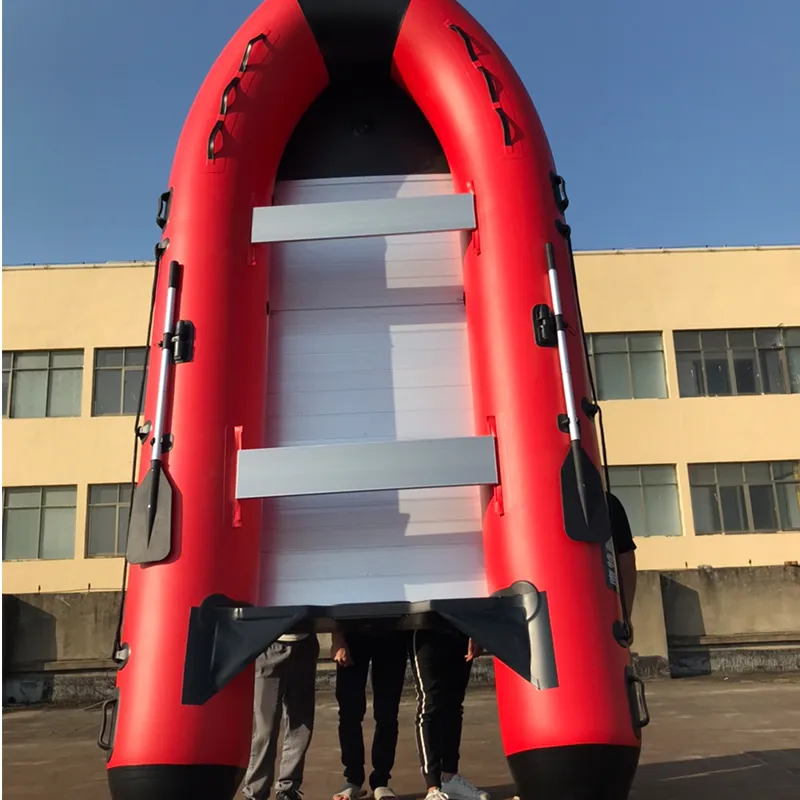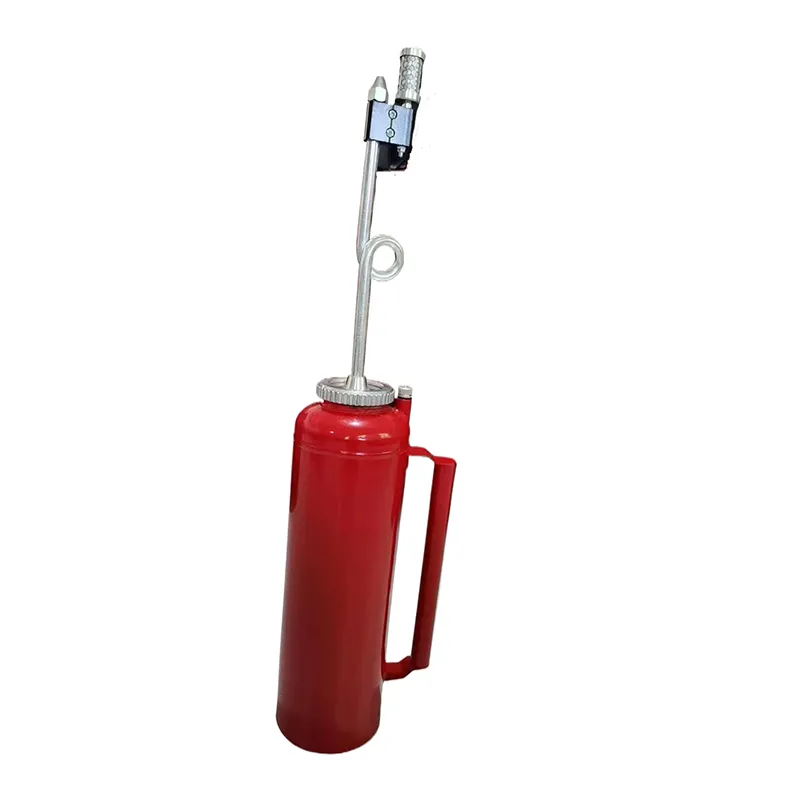

In modern firefighting, technology plays an increasingly vital role. Drones equipped with thermal imaging and real-time video capabilities offer aerial perspectives and critical situational awareness, helping incident commanders make informed decisions. Furthermore, advanced communication devices ensure seamless coordination among team members, a crucial aspect when navigating the chaotic and hazardous environments characteristic of fire emergencies. For water supply, modern fire trucks are equipped with onboard water tanks and pumps capable of delivering thousands of gallons per minute, a crucial feature when immediate water sources are unavailable. Additionally, portable water tanks serve as an auxiliary supply in remote areas, emphasizing the strategic planning that goes into resource management on the fireground. Chainsaws and cutting tools are also part of the firefighter’s repertoire, essential for clearing debris and facilitating rescue operations. Their designs are optimized for power and portability, reflecting the dynamic and often unpredictable scenarios encountered during operations. The evolution of tools used by firefighters is a testament to the ongoing commitment to enhancing the safety and effectiveness of fire suppression efforts. Each tool, from the simplest pry bar to the most sophisticated drone, embodies the expertise, authority, and trustworthiness that define firefighting as not just a profession but a lifeline for communities worldwide. As technology continues to advance, the adaptation and integration of new tools will only further empower firefighters, ensuring that they remain ever-ready to meet the challenges of tomorrow.





















